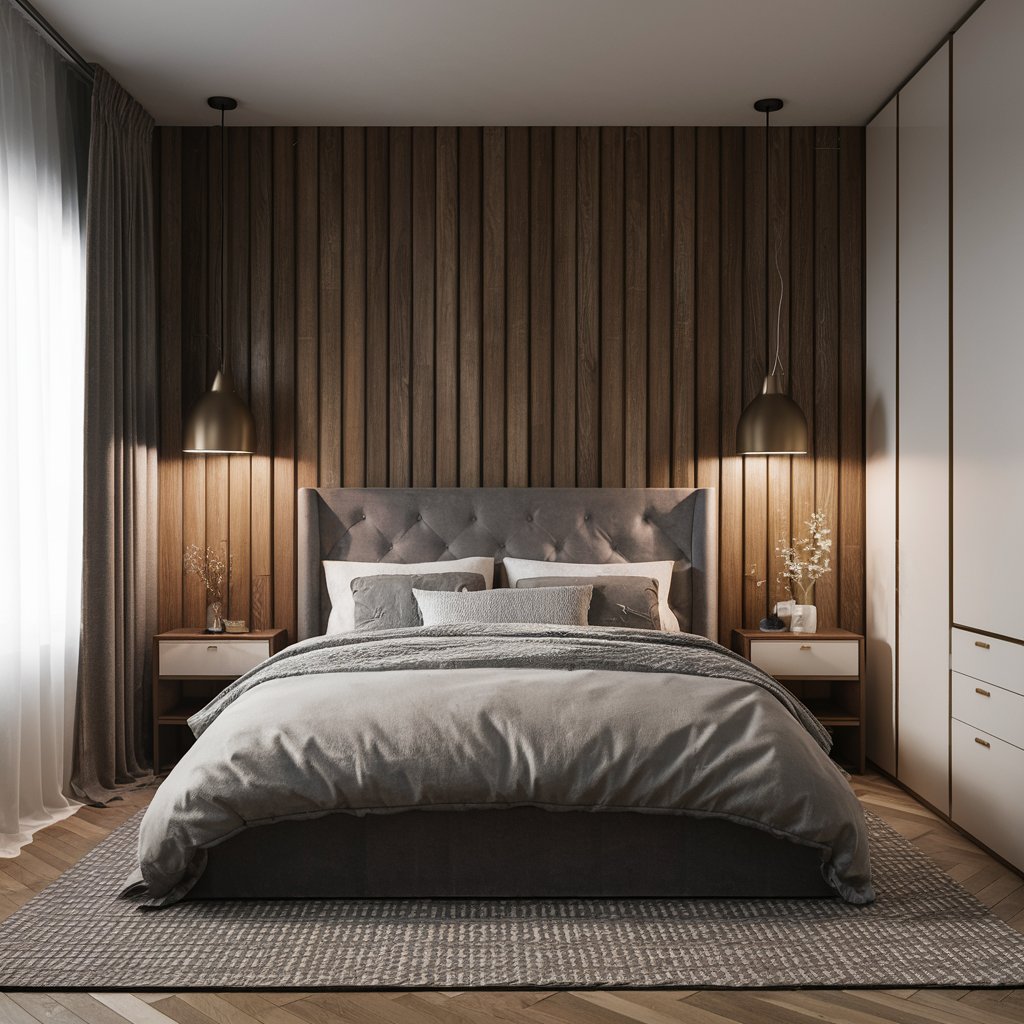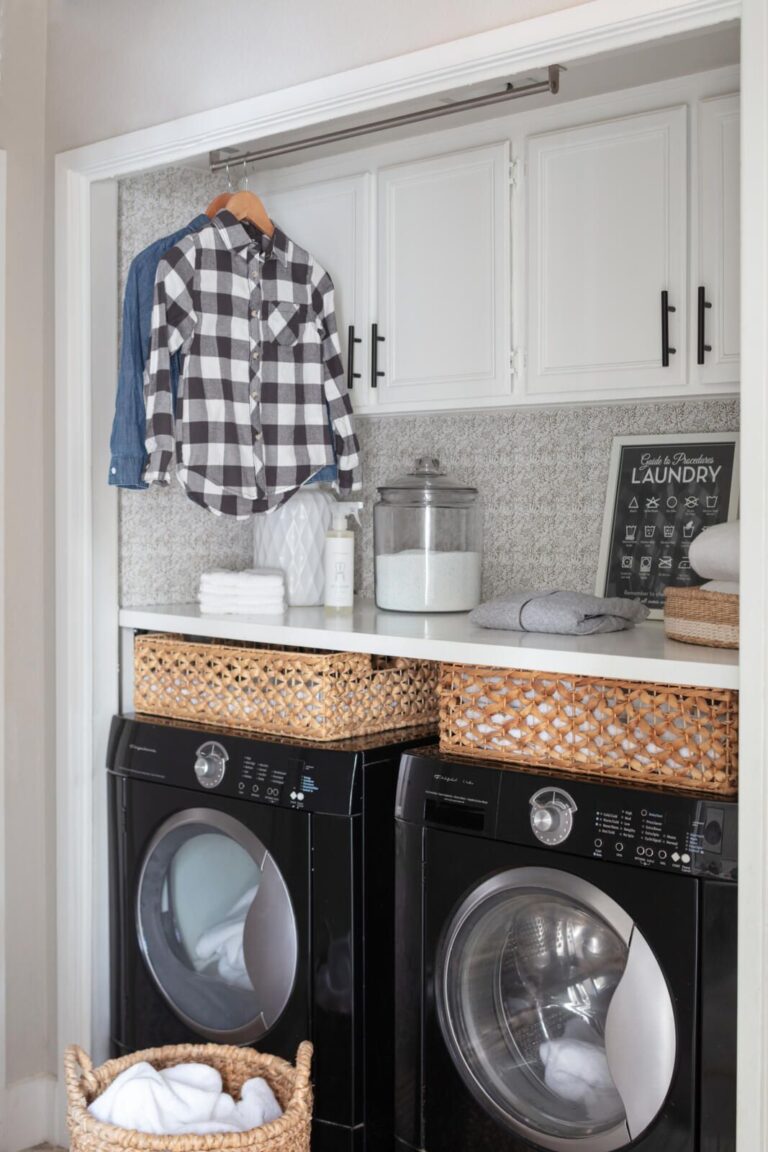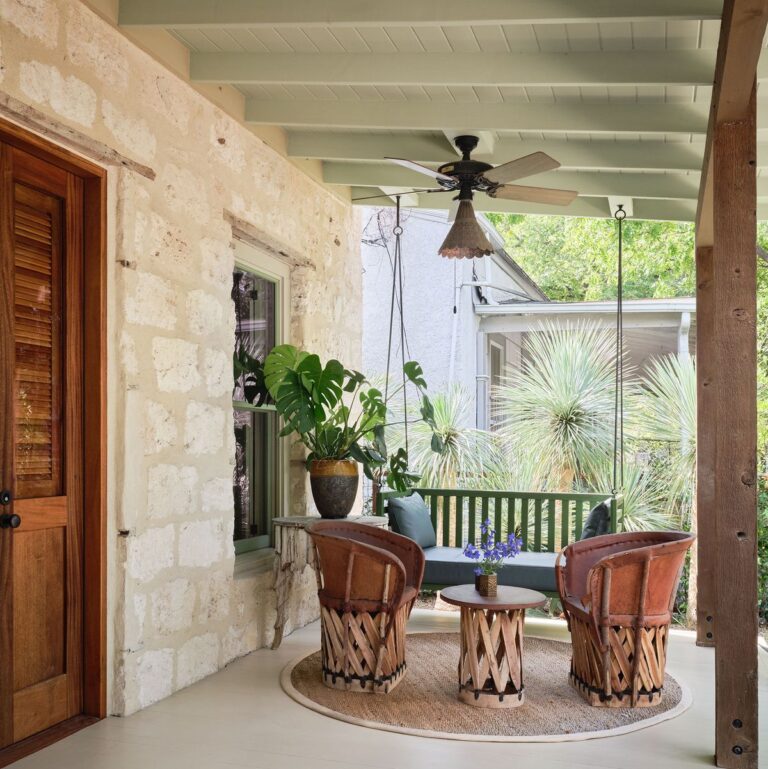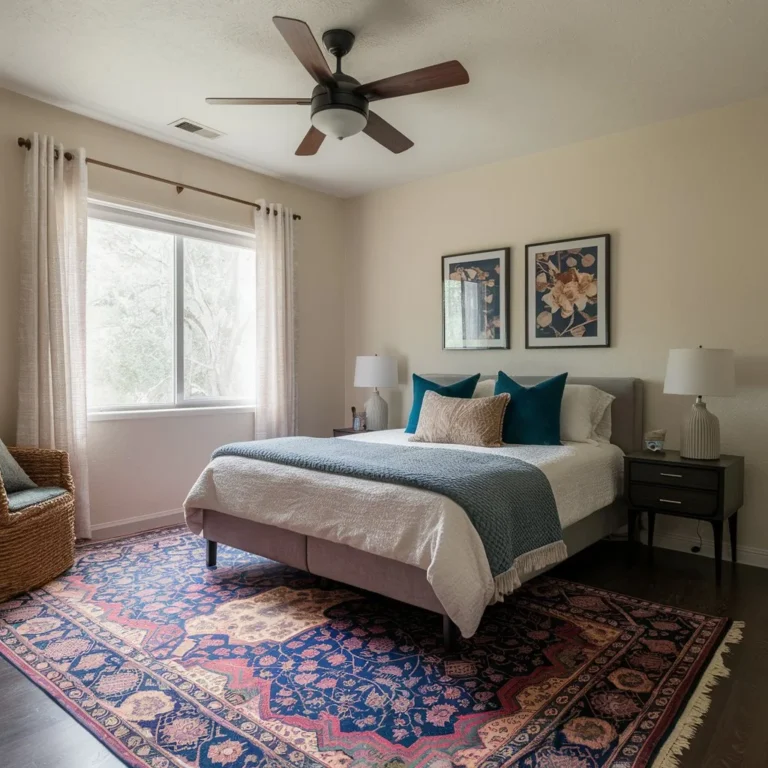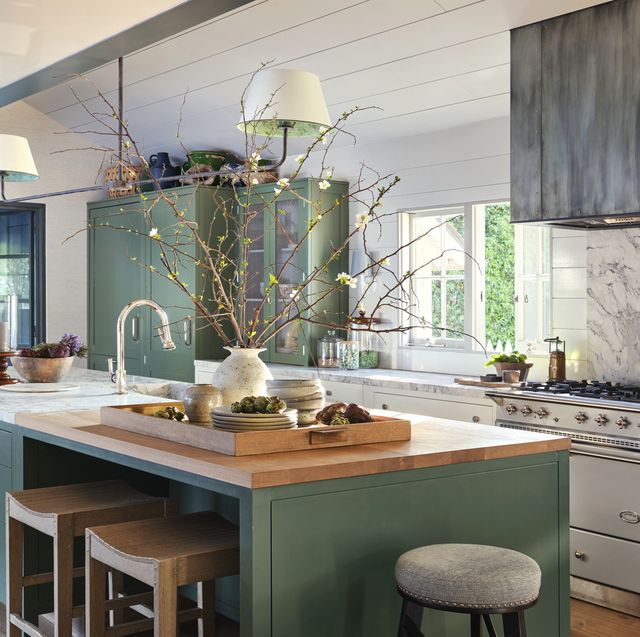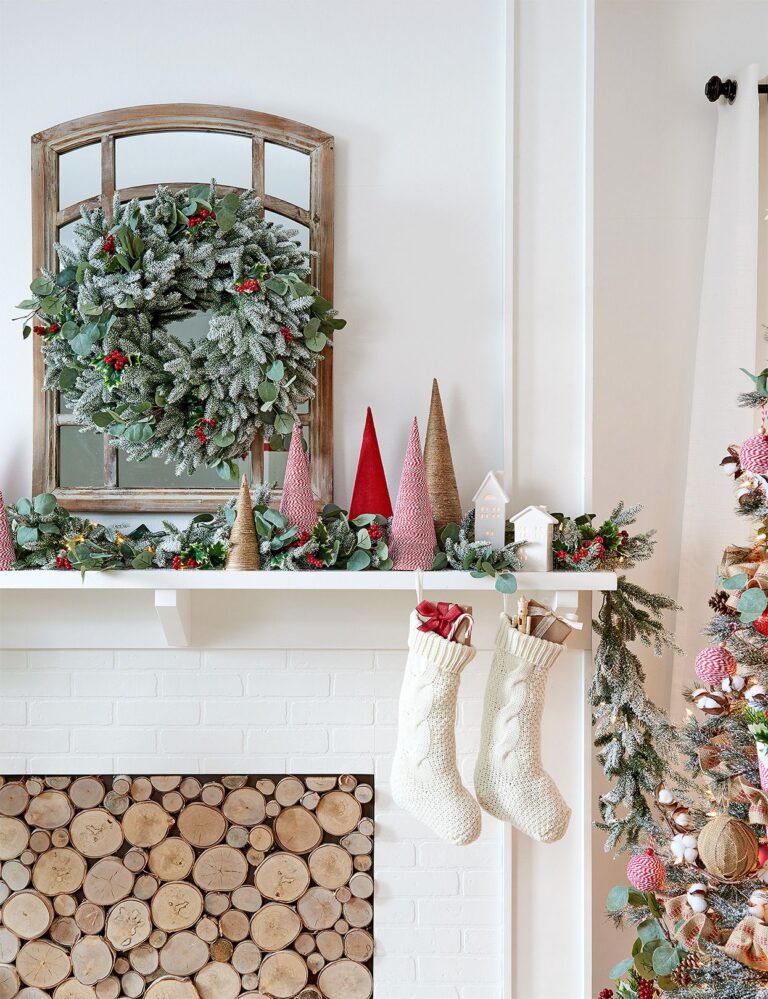Ways to Add Lighting to Dark Corners in Your Bedroom
I can’t tell you how many times I’ve walked into my bedroom, only to feel like certain parts of the room are stuck in permanent twilight. Dark corners have a way of making the room feel incomplete or even smaller than it really is. If this sounds familiar, you’re probably wondering how you can brighten up those shadowy spots without a complete overhaul of your lighting system.
Over time, I’ve found that adding just the right light in the right place can completely change the vibe of the room. And the best part? There’s no need to break the bank or hire an electrician for most of these solutions. Let me walk you through some of the tricks I’ve tried and loved for adding light to dark corners in the bedroom.
Assess the Natural Light Situation
Before diving into lamps and fixtures, take a moment to assess how natural light flows into your bedroom throughout the day. I like to stand in my room at different times—morning, noon, and evening—and note where shadows tend to fall.
In my case, I noticed that even with large windows, certain corners stayed dark in the afternoon because the sun was positioned on the opposite side of the house. Once you understand the weak spots, you’ll have a better idea of where additional lighting is most needed.
Table Lamps: A Quick and Easy Fix
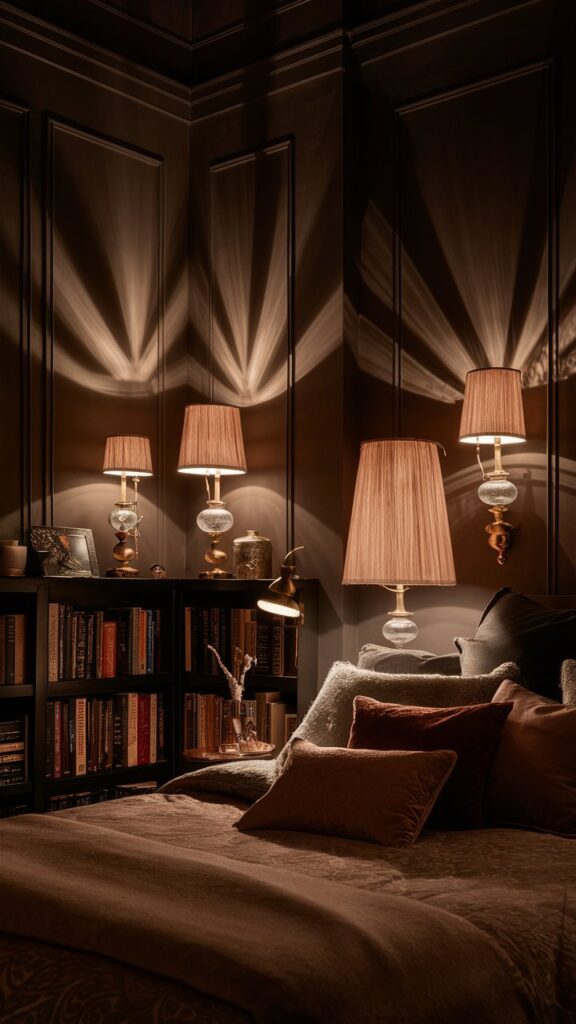
One of the simplest solutions I found for dark corners is a well-placed table lamp. If you’ve got a dark corner by your bedside or on a dresser, a table lamp not only adds light but can also double as a stylish décor piece.
I love experimenting with different styles—like minimalist ceramic bases or vintage metal designs. For dark corners, I always go for a lamp that’s a bit taller to spread light over a larger area. It’s amazing how just one lamp can make a corner feel inviting rather than neglected.
Floor Lamps for Tall, Dark Corners
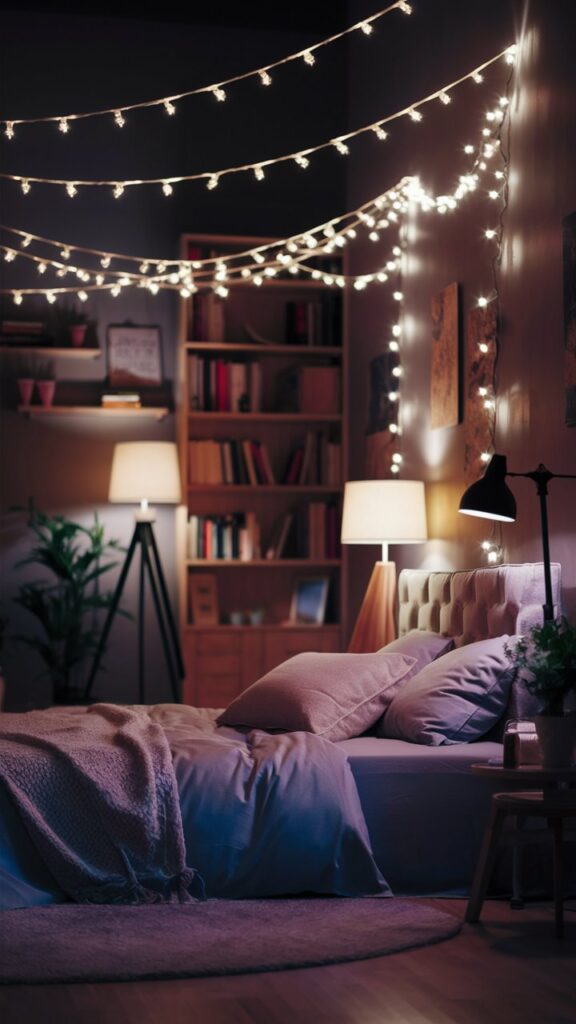
Sometimes, table lamps just don’t cut it for larger, open areas. This is where floor lamps come to the rescue! I placed a floor lamp in the corner by my wardrobe, and the effect was immediate. Tall lamps, especially arc designs, can cast light downward over a wide space, brightening up those taller, darker areas.
For rooms with more minimalist décor, I recommend a tripod-style floor lamp. It’s clean, simple, and throws light evenly without being too bulky. If you have the space, an arc floor lamp that curves over the bed or a chair adds a touch of drama and plenty of light.
Wall Sconces: Stylish and Space-Saving
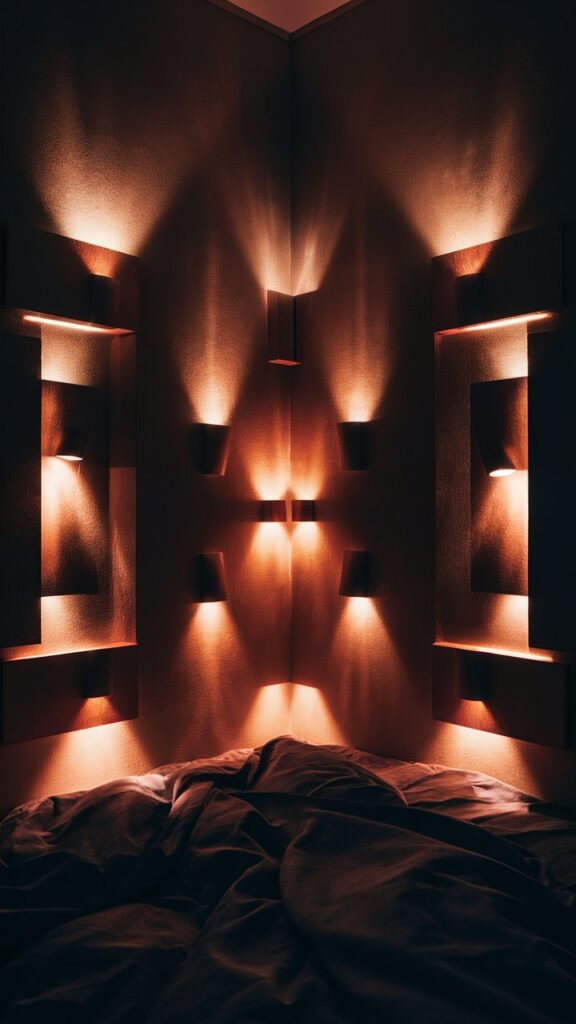
Not everyone has the floor or table space for additional lamps, which is where wall sconces come in handy. I love how wall-mounted lighting adds elegance and keeps surfaces clutter-free. Sconces are particularly useful if your dark corner is near a reading nook or the head of your bed.
What’s great about sconces is their flexibility. You can opt for directional sconces that allow you to adjust the angle of light or softer, fixed-position sconces for ambient lighting. Plus, they make a statement without taking up any floor real estate!
String Lights for a Cozy, Ambient Glow
I’m a sucker for string lights—there’s something so cozy about the soft glow they give off. They’re also super versatile! In my bedroom, I draped string lights along the top of my curtains and across the headboard, and the transformation was instant. String lights can take a dull, shadowy corner and turn it into a focal point.
If you prefer a more laid-back, boho vibe, string lights are perfect for creating that warm, ambient light that makes your space feel like a dreamy retreat. Plus, they’re incredibly easy to install and come in endless designs—from fairy lights to globe lights.
Use LED Strip Lighting for a Modern Touch
For a sleek, modern solution, I installed LED strip lights behind my bookshelf and under my bed. LED strips are subtle yet effective, providing soft, indirect lighting that brightens dark corners without overpowering the room. I particularly love how they create a floating effect under the furniture, making the room feel more spacious.
They’re also great for accentuating specific parts of your room, like shelves or behind headboards. Plus, they’re energy-efficient and last for years, so it’s a smart investment if you want low-maintenance lighting.
Task Lighting: Practical Solutions for Reading Corners

If you have a corner dedicated to reading or working, task lighting is a must. I set up a small reading nook in one of the darker corners of my room, and the right task lamp made all the difference. Look for a lamp with an adjustable arm so you can direct the light exactly where you need it.
Personally, I love the sleek look of modern task lamps with a metallic finish, but there are plenty of styles to fit any décor. Task lights provide focused lighting, making it easier to read or work while keeping the rest of the room softly lit.
Mirrors: Reflect and Amplify Light
Here’s a trick that doesn’t involve adding a single light fixture: mirrors! I placed a large mirror opposite a window and another smaller one in a dark corner. The mirrors reflect natural and artificial light, bouncing it around the room and making even the darkest areas feel brighter.
Mirrors not only amplify light but also create the illusion of more space. If your bedroom is on the smaller side, this trick will make it feel larger and airier, while also solving your dark corner problem.
Pendant Lighting: Chic Overhead Solutions
I was initially hesitant about pendant lights, but after adding one in a corner above my vanity, I’m sold! Pendant lights offer focused, overhead lighting that can brighten an entire section of your room. They’re also a stylish statement piece that can add character to your décor.
When hanging a pendant light, make sure it’s positioned at the right height—about 30-36 inches above the furniture for the best effect. It’s a perfect way to add both style and function to dark, unused corners.
Dimmer Switches for Ultimate Control
One thing I quickly realized is that lighting doesn’t need to be all-or-nothing. Installing a dimmer switch gave me control over the brightness of my lamps and overhead lights, allowing me to adjust the lighting based on my mood.
Sometimes, you want soft lighting for a relaxed atmosphere, while other times, you need brighter light for reading or getting ready. Dimmers give you that flexibility and are surprisingly easy to install.
Adding Lampshades to Control Lighting Direction
Believe it or not, the lampshade you choose can make a big difference in how light is distributed. I learned this when I swapped out a thick, dark lampshade for a lighter one, and suddenly, my entire corner was brighter!
Lampshades with a wide opening at the top help direct light upwards, which reflects off the ceiling and fills the room with a more even glow. Choose lighter-colored or semi-transparent shades to maximize the light output.
Candles and Lanterns: Rustic and Relaxing
For evenings when I want a soft, relaxing vibe, I love using candles and lanterns. I place a few scented candles in a lantern or use flameless LED candles for a safe, low-maintenance option. The flickering light adds warmth and a calming atmosphere, perfect for winding down before bed.
Smart Lighting: Automate Your Bedroom Lighting
Finally, if you’re looking for convenience, smart lighting is a game-changer. With smart bulbs or plugs, I can control the lighting from my phone or set up schedules for lights to gradually dim in the evening.
It’s an easy way to automate the process of brightening or dimming dark corners, and you can even change the color of the lights for added mood lighting.
Conclusion
Dark corners don’t have to be a permanent fixture in your bedroom. Whether you opt for table lamps, floor lamps, string lights, or even smart lighting solutions, there are plenty of ways to brighten up those shadowy areas. Each method I’ve tried has brought its own unique charm to my room, transforming what used to be dull, unused corners into inviting, well-lit spaces.
FAQs
- How do I brighten a corner without electricity?
Use battery-powered lights, candles, or mirrors to reflect light into darker areas. - What type of lightbulbs should I use for bedroom lighting?
Soft white (2700K to 3000K) LED bulbs are ideal for creating a warm, relaxing atmosphere in the bedroom. - Can string lights replace traditional lighting?
String lights are great for ambient lighting but may not provide enough brightness to replace overhead or task lighting. - How do I choose the right color temperature for my bedroom?
Warm light (around 2700K) is best for bedrooms as it promotes relaxation and a cozy atmosphere. - Are smart lights energy-efficient?
Yes, most smart bulbs are LED-based, making them energy-efficient and long-lasting.

